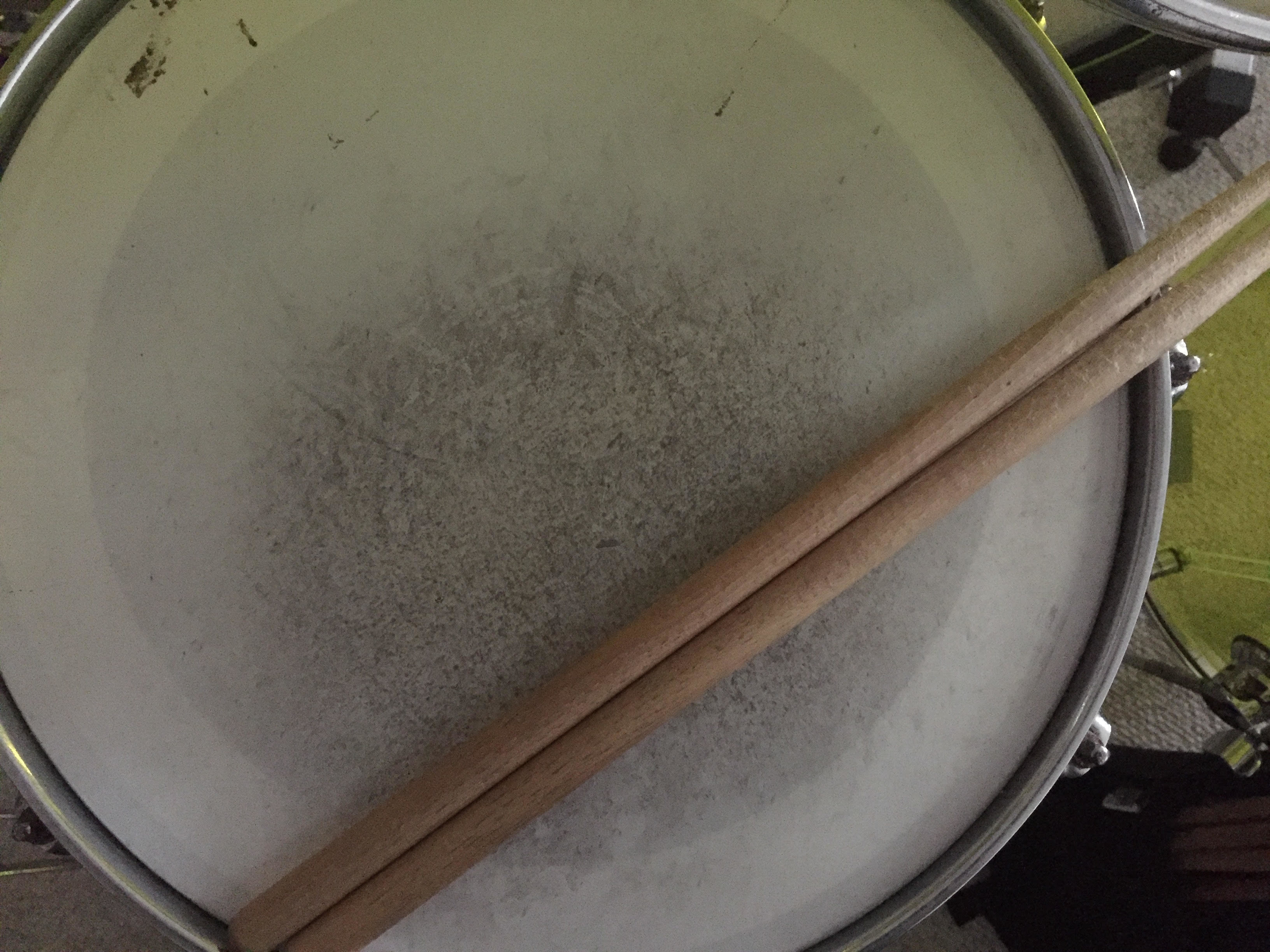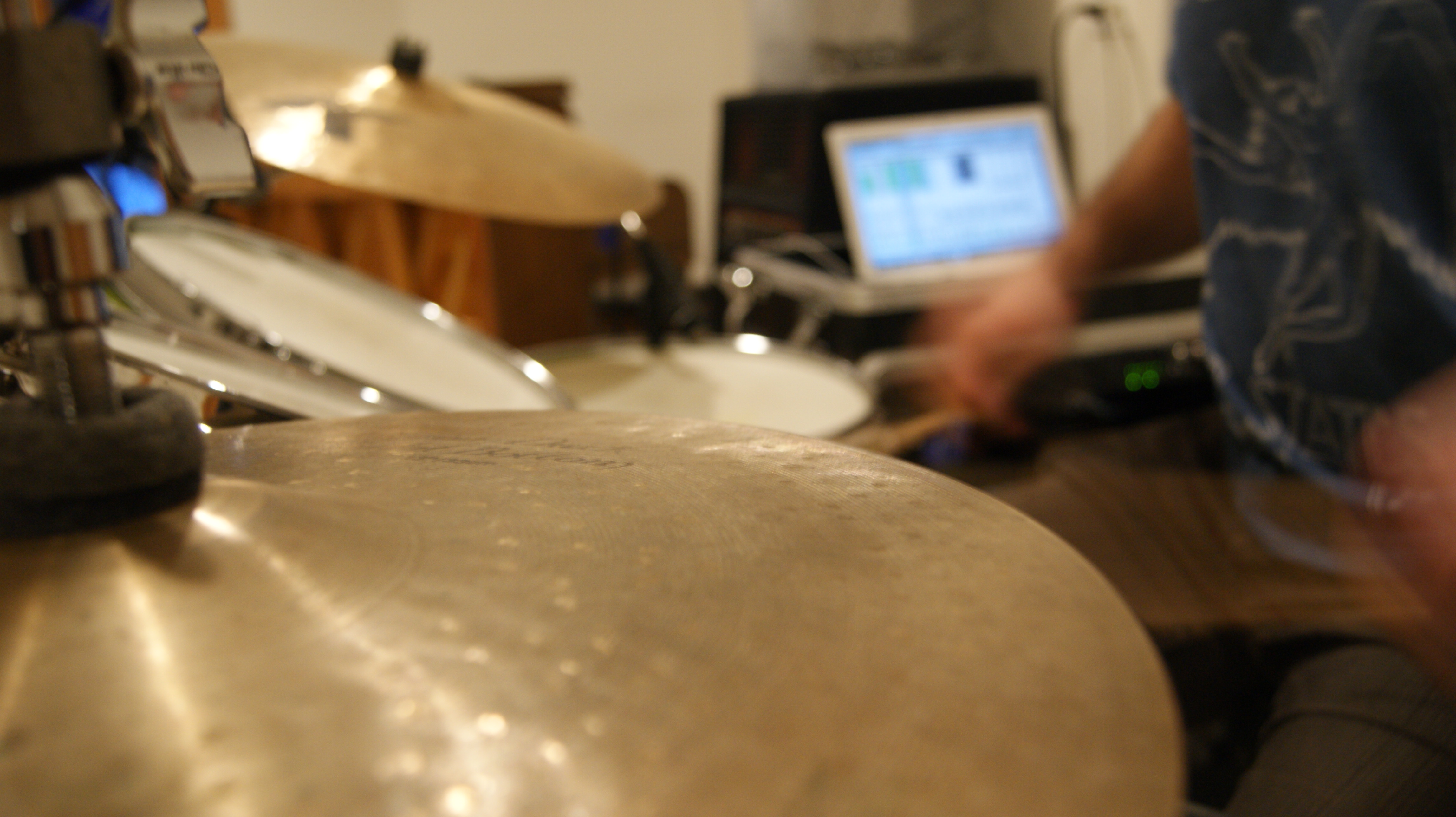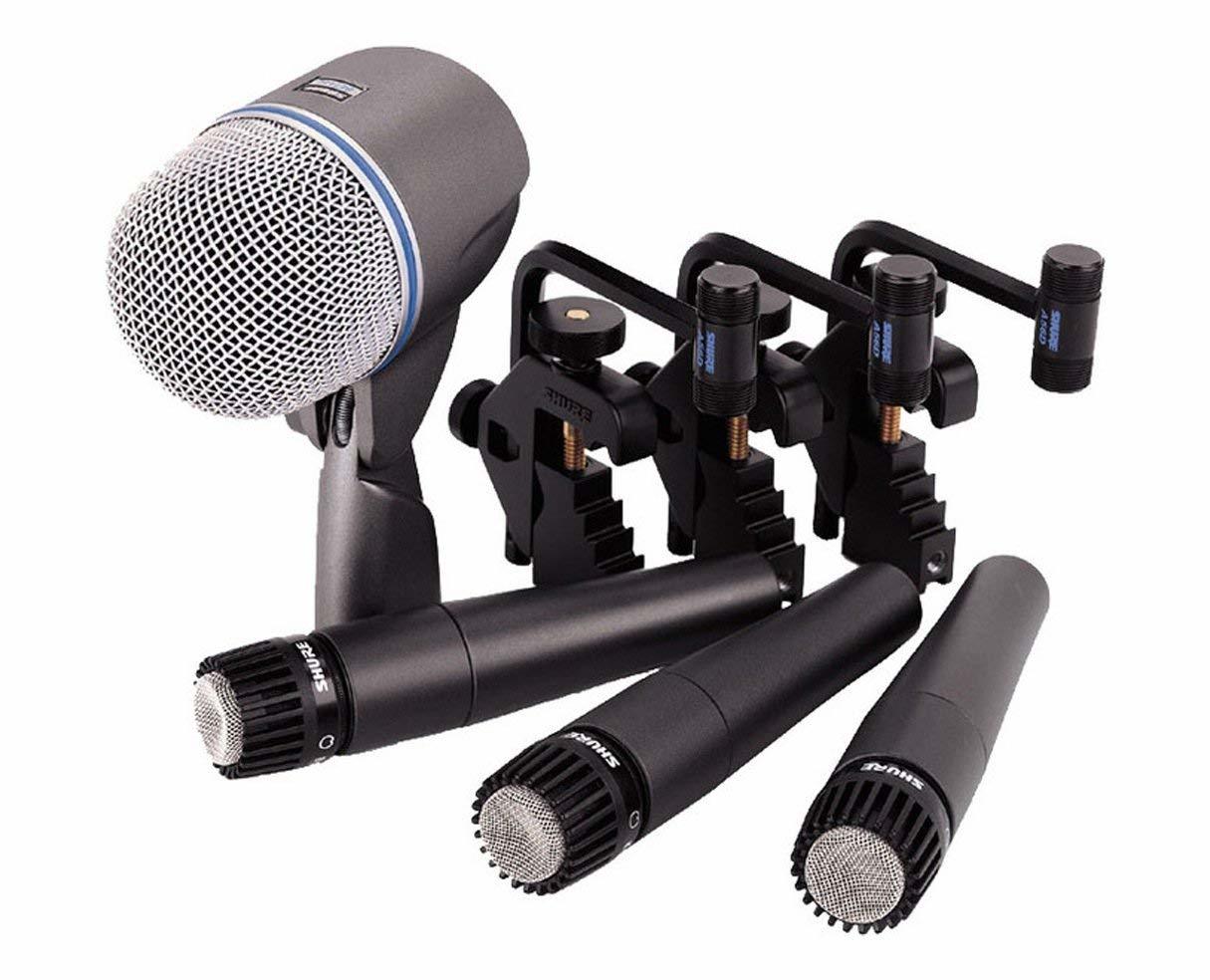“Every positive change in your life begins with a clear, unequivocal decision that you are going to either do something or stop doing something.” - Anonymous
Practicing a skill in any medium takes a lot of dedication, love, and discipline. Every sports player, musician, or professional in any field, spent countless hours working on their craft. The idea of being born with talent is simply a myth.
If you ask any one of these individuals if their “talent” came naturally, they would give you one of two answers. They would either tell you that their level of mastery came with extensive practice and sacrifices, or they would tell you it came easily. The individual providing the latter answer would simply not remember the time they put in to their craft because they loved it so much and they have no recollection of the “grueling” work they put in.
What I am getting at is if you want to get good at drums, you have to put in the time. Just like in anything else, experience is key. You need to practice and play with musicians as much as you can. When you are amazed by a drummer’s playing, you are actually amazed from the time and effort they put into it. “Wow, that would take a lot of practice to be that good!” It sounds silly but it’s true.
If you already have the basic gear necessities to play and practice, you can skip to the “Scheduling” Section.
If you literally have nothing to play drums on, then I'm going to help you figure out what you need. Some items will seem obvious yet others will not. I am going to share with you everything you need to start playing drums.
What You Need to Buy
Sticks
Every drummer needs drumsticks, but what kind? There are literally hundreds of different types of drumsticks. So, if you are playing drum set, a good size to buy is 5A in any brand. This size is pretty standard for drum set. They are the “just right” size—not too heavy, not too light. If they seem a little heavy or too loud, you could go with 7As. 7A is the standard jazz drumstick size.

Vic Firth 5A (view item on Amazon.com) (commissioned links)

Vic Firth 7A (view item on Amazon.com) (commissioned links)
If you are joined school band or a community band, then size 2B is what you'll need. They are a bit bigger but they work better for concert snare drum and tom work.

Vic Firth 2B (view item on Amazon.com) (commissioned links)
Drumset, Snare Drum, or Practice Pad?
The next thing you need is something to hit with those sticks. Obviously there are drum sets of all sizes and colors. But you don’t need to start out by spending $800 on a drum set. You could start out with a snare drum or a practice pad. This would get you started practicing techniques like single stroke or double stroke rolls. Even learning to hit a drum properly can be tricky at first.
Drumset
If you are ready to buy a drum set, I have a great cost effective choice linked right here. Ludwig is a brand that has been around for over 100 years and they have always made great products. One other thing is that not all drum sets come with cymbals, stands, drum throne, or sticks. This one does! I’ll admit the quality of these cymbals aren’t very good but they will work great to start out. Good cymbals can cost anywhere from $200 to $500 a piece so that is an expense you can wait on! However, the drums are great quality Ludwig drums.

Ludwig LC175 Accent Drive Complete Drum Kit (5-Piece) (view item on Amazon.com) (commissioned links)
Snare Drum & Stand
If you want to start now but don’t have the money for a drum set, get a snare drum. This snare drum I have listed here is also a Ludwig so the quality is there. Snare drums are ideal if you are going to play in school band or a community orchestra or band. If you do buy a snare drum, you will need a stand to go with it. I have an affordable option shown here:
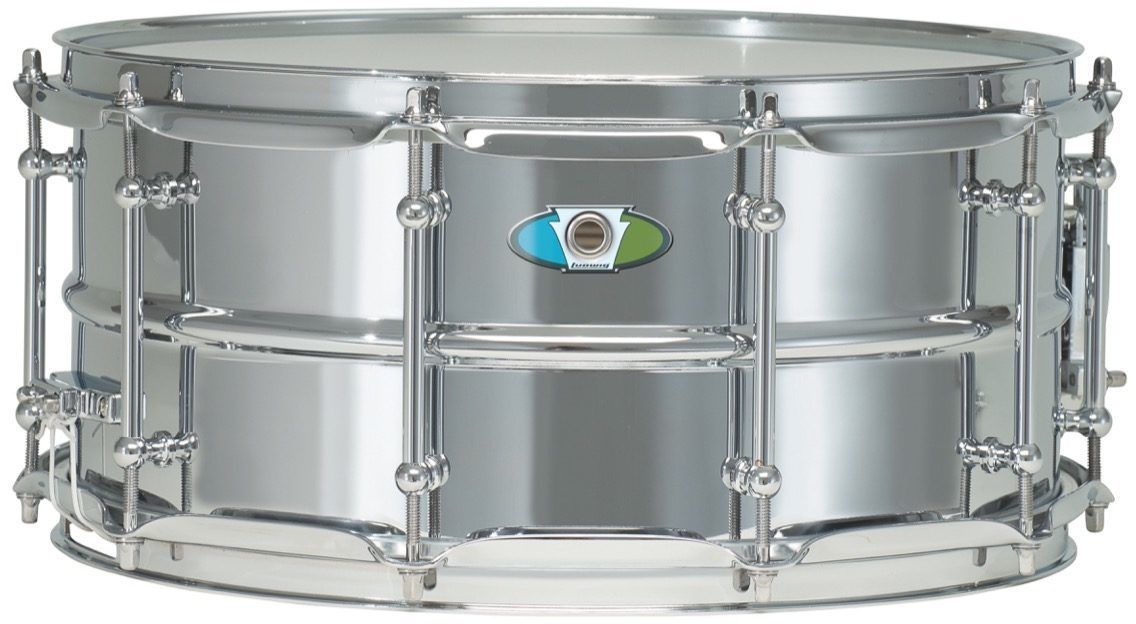
Ludwig Supralite Steel Snare Drum, 6.5x14" (view item on Amazon.com) (commissioned links)
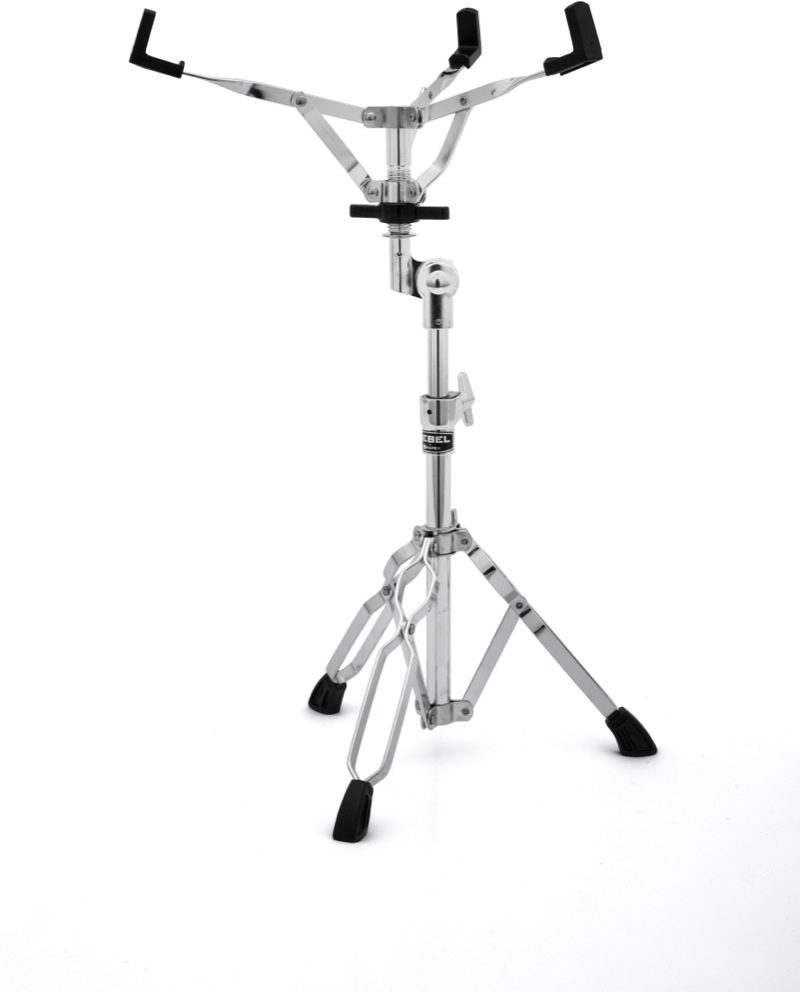
Mapex S200RB Rebel Snare Stand (view item on Amazon.com) (commissioned links)
Practice Pad
For around $20, you can get a practice pad and work on almost all the drumming techniques you will need in order to sound good on a drum set. And you will always need a practice pad. I have three myself and I use them all the time. You can use them for warm-ups backstage before shows, late night practice when you can’t be loud, practicing on a beach, or on the john! They’re smaller and easier to transport than a drum set!
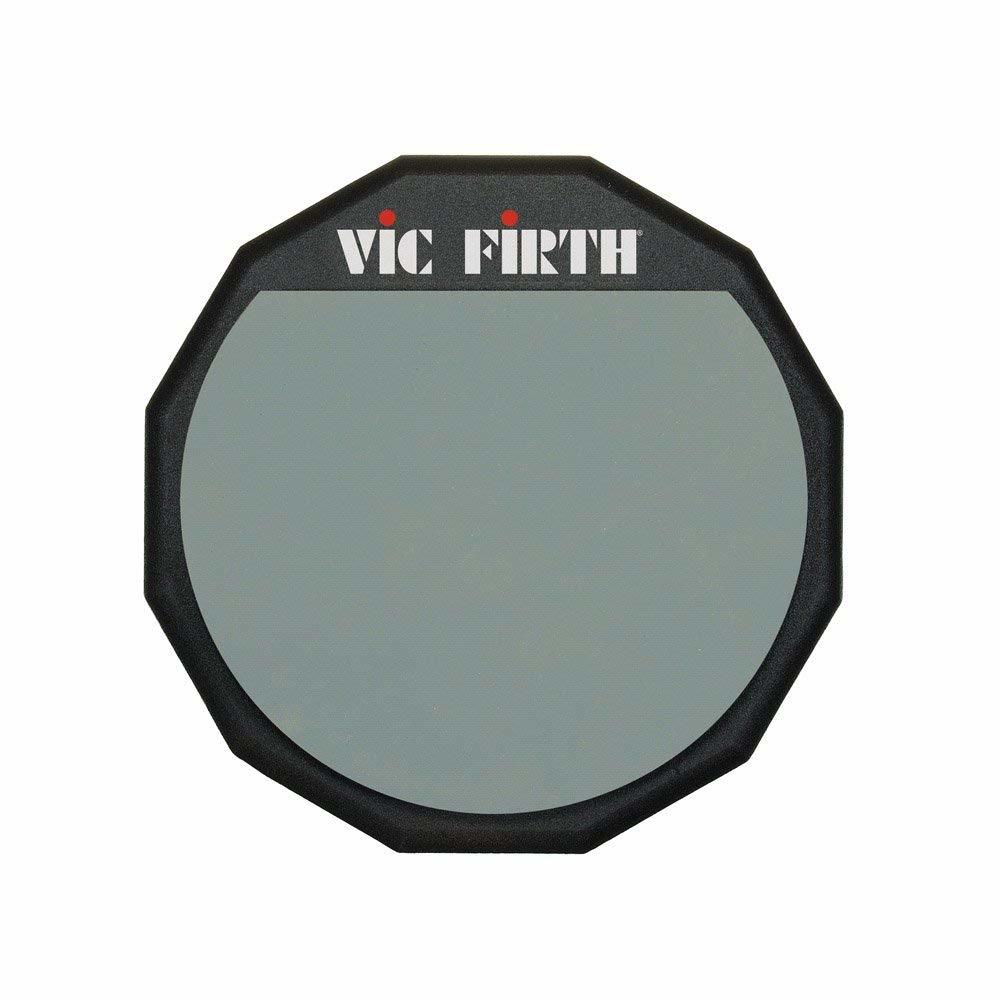
Vic Firth 6" Single Sided Practice Pad (view item on Amazon.com) (commissioned links)
Percussion Kit
When a student joins the school band, a lot of schools require that you purchase a percussion kit. This is a kit that includes sticks, practice pad, bell kit, mallets, and a multi purpose stand. I would highly suggest getting a good quality one for two reasons. First, the cheap ones are really bad and will fall apart before school years end. Secondly, the resale value on a brand name kit will not go down by much. It will sell without trouble because people are always looking for these.
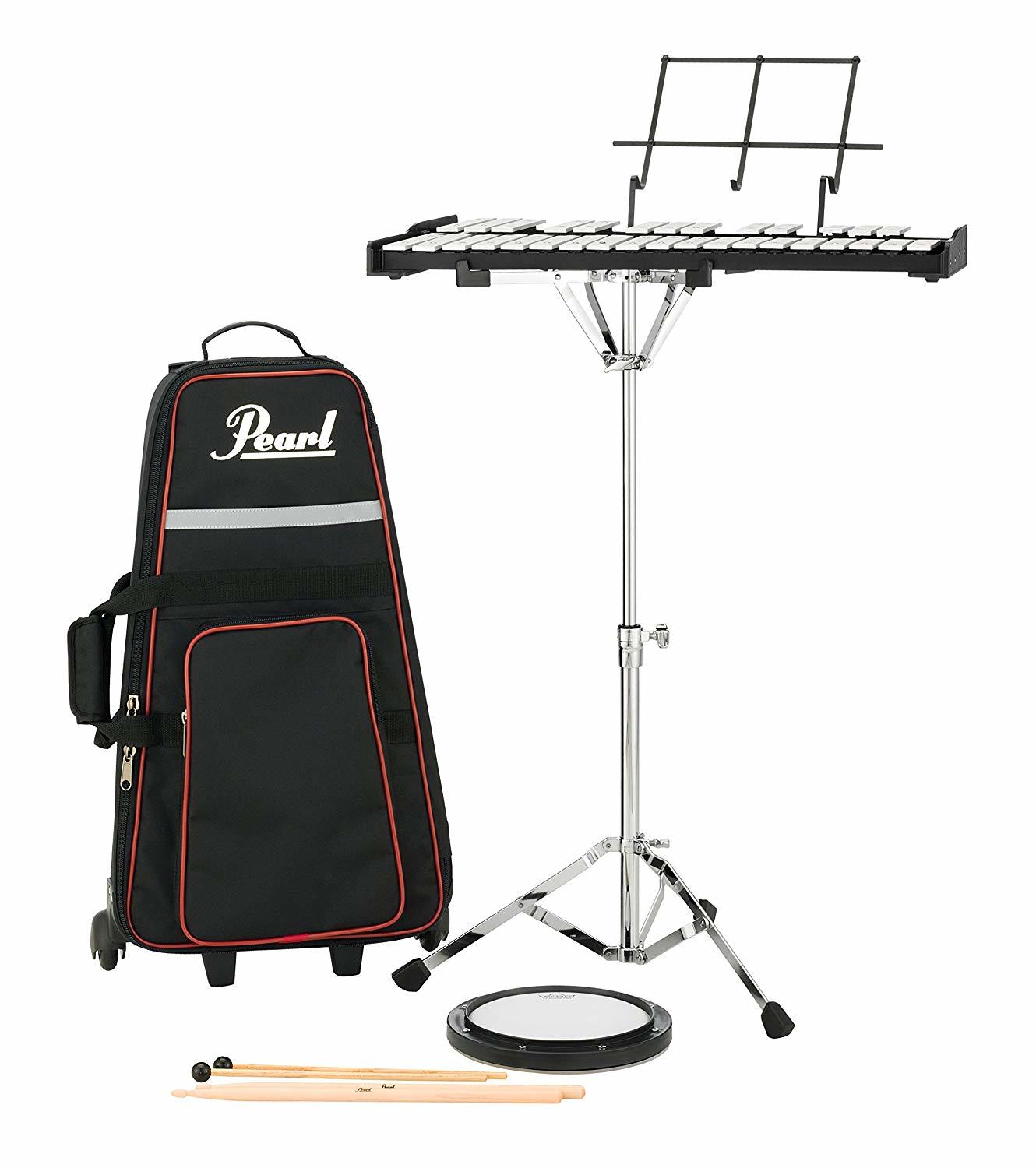
Pearl PK910C Educational Bell Kit (view item on Amazon.com) (commissioned links)
Metronome
One item that musicians overlook is a metronome. This is an essential practice tool for any musician. A metronome is a small electronic device or a phone app that makes a “click” noise at a perfectly constant speed that you set it to. The clicks are measured by “beats per minute” or BPM. For the math junkies, a metronome set at 60 BPM will click 60 times in one minute.
Almost all music is set to a constant pulse and it is essential for all musicians to have a solid internal pulse that doesn’t speed up or slow down (unless intentional). The only way to practice your internal pulse is to practice along to a metronome set to a perfectly constant tempo.
As a drummer, it is a bit more difficult to practice with a metronome because our instrument is naturally loud. And, as a beginner, it is difficult to control the volume at which we play. So, a lot of metronomes are too quiet to hear while we practice with them. The solution is to get some sort of an in-ear monitor or headphones. This helps block the outside sound allowing us to hear the click.
There are many metronome apps available on our phones that are free. If you go that route you could get these sound isolation headphones: Shure SE215-CL Sound Isolating Earphones. Or, you could use other headphones you already own for the time being but they might not provide very much isolation. Otherwise, you can purchase this ‘all-in-one’ in ear metronome: Korg In-Ear Metronome.

Shure SE215-CL Sound Isolating Earphones (view item on Amazon.com) (commissioned links)
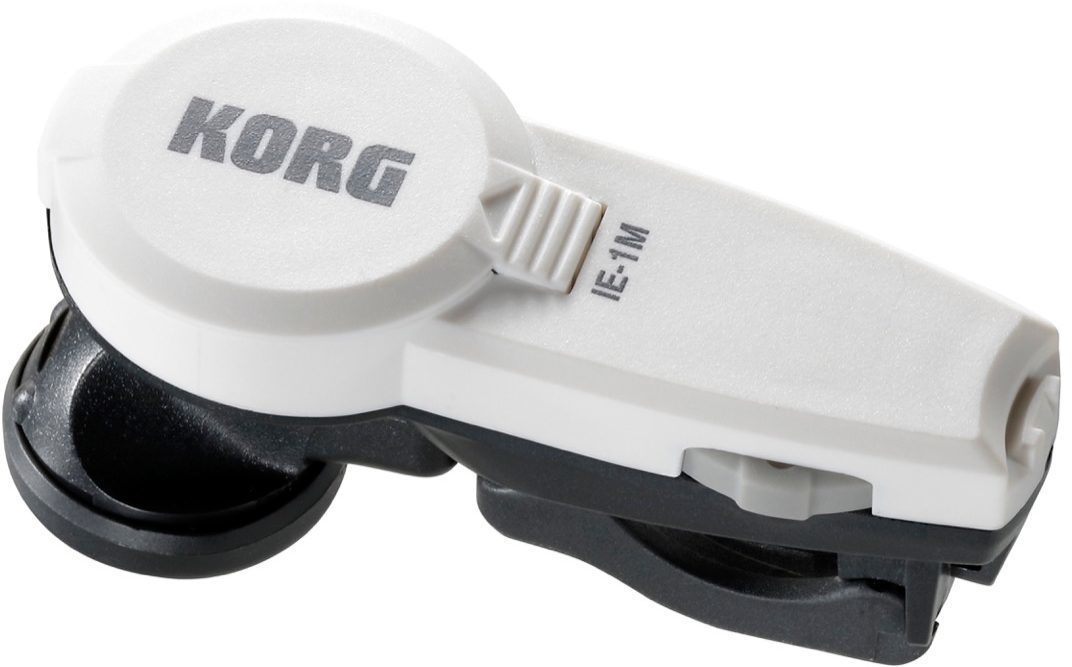
Korg IE1M In-Ear Metronome (view item on Amazon.com) (commissioned links)
So here’s where we’re at for items needed to start playing drums:
Let’s get on to scheduling.
Scheduling
So how do you find time to practice?
Believe it or not, many players do not know how to practice.
The magic is in “learning how to practice”. You need to be aware of how to practice, how much to practice, and what methods to use to reach your goals.
Sometimes players have the speed or facility, but they don’t know what they are listening for with aspects of groove or feel. Sometimes players have good time and feel, but don’t know the techniques to push their chops.
When practicing drums, there are the two aspects of time management:
You need to schedule out your weekly practice time, and you need to schedule out what you work on during your practice time.
You can get so much more done in a week if you do this.
Weekly Practice Schedule
With weekly practice, you have to spread out your time. Your brain needs time to digest what it has learned.
If you practice 15 minutes every day for 5 days, it’s better than one 2 hour practice session in 5 days.
Have you ever worked on a lick or beat to death and you just couldn’t seem to get it down? So then, you quit practicing for the day because you are frustrated. Then, the next day you come back to it and nail it on the first try? That’s because your brain muscle memory need time to process what you have learned to be able to repeat it the way your ears want to hear.
I have made a flexible 12-hour, weekly practice schedule for you. I am telling you that I need this to stay sane! I have ADHD so I need to have tasks scheduled out or I meander through the day and get nothing done! Sound like you?
Use this schedule to plan out your week so you know when you should be practicing! You can enter the time that you normally start your day and continue for 12 hours in 30 minute increments. If there is a extended period of the same activity (ex. WORK), just put a dark squiggle line below that time period and start with a later hour of the day below that.
Fill in these slots with your normal weekly schedule like WORK, GYM, CLASS, LUNCH, WALK DOG, and PRACTICE. You can print a new one out every week if your schedule changes a lot, or just print one out every season. This schedule will help you out with life in general, not just drum practice…but drumming is life right?
I would urge you to start the schedule in the morning even if you work early. If you got 5 minutes on the practice pad with your coffee, you would be doing yourself a great service!
Once you have your weekly schedule figured out, now you need to plan what you do during your practice time.
Practice Schedule and Log
I created a practice schedule and practice time log to help you here. I use this practice schedule with all of my students. It gives clear start and end dates of your lesson week, the materials to work on for the week, and a log of practice time. I even use this for myself every single week!
The practice materials list keeps me focused on my goals so I don’t get distracted, and the practice log holds you accountable for the actual amount you practiced all week.
This is a visual reminder and it helps tremendously. Remember, you have to spread out your practice time—no playing catch up on Saturday! If you did, you will see that from the previous week.
Now you are all scheduled out and organized to start practicing! Trust me when I say, "this is half the battle!" It's just like when they say, getting to the gym is half the battle. This just might even change your life...it changed mine!
I had to make this a two part series because I still have a lot to go over!
Thanks for reading!
Here is a link to Part 2:
Definitive Drum Practice Guide from Beginner to Advanced – Part 2 – Practice Session
Other articles that may interest you:
Everything You Need to Become an Online Session Drummer - Part 1 - Getting Gear
**Full Disclosure: I earn a commission if you click any of these links and make a purchase, at no additional cost to you.**

